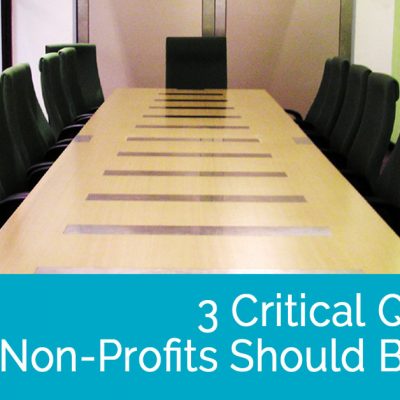
Years ago in the late 80’s and early 90’s a small group of us in the Urban Core Support Network (UCSN) in Canada were committed to understanding and engaging in transforming organizations and communities.
USCN, headquartered in Toronto, Ontario Canada was made up of CEO’s, Executive Directors, residents, Business Owners, Government representatives, and frontline social, health and community development professionals. We had a small head office at the time led by visionary Executive Director Larry Peterson. Our focus was on the people in the urban core including the homeless, refugees, street youth and those otherwise marginalized by society who gravitated to the seeming anonymity of the urban core.
Our means to reach the people was through organizations in the urban core made up of social, health, government, faith-based, police services and places of business and industry and their associated communities. USCN was a multi-sector network made up of leaders who were committed to healthier urban centers that included the needs of business owners, government, police, health, and social service agencies while simultaneously committed to social justice, equal opportunity including to health and employment, and inclusivity.
Every group involved had their own perspectives, specific interests, and agenda. All were contending with the various social and health problems typically found in the urban core of cities in North America. The problems were not easy to solve. The differing perspectives resulted in conflicts. The opportunities seemed too few and far between. There never seemed to be enough resources.
UCSN was a visionary, unique undertaking to address this situation as it was national in scope, with the vision that our solutions could best be found by sharing our knowledge, our situations, our social experiments, and our findings…as well as simply offering human to human, leader to leader support. UCSN provided a forum to discuss complex social problems that affected the most vulnerable. It supported projects and initiatives that worked toward systemic change to develop strong communities in the urban core for the benefit of all.
We lived and worked in an ‘in your face’ reality that provided tough conditions for us to get results. Human lives were at stake as was quality of life and the feasibility of the many inner-city businesses. The UCSN was not responsible for what went on in the individual cities or how we carried out our leadership in our various cities. It was quite a testing ground for our leadership abilities. We did not have adequate precedents to follow that worked sufficiently well to apply to a large scale such as a city or country.
In the mid-80’s, the small group of us embraced the new phenomenon that had morphed from the professional field of organizational development—organizational transformation. We grasped that development could not be approached in a linear fashion, nor worked through from a project management approach. Life in the urban core did not stand still long enough for sequentially based approaches with goals, objectives, targets, and the hope of small projects scaling up to make citywide impact. We determined to learn and use the new knowledge being developed pertaining to organizational transformation and its requisite paradigm shift. What we learned is pertinent for organizations of all kinds, especially to those with significant challenges.
- A professional network of shared vision and preferably multi-sectoral in its make up is advantageous for the support it provides and the setting it provides for essential conversations, feedback, and knowledge about what works and what does not work.
- Collaboration by key leaders from amongst the various organizations and teams involved, set up as some sort of coalition or task group was essential as a venue to share perspectives, agendas and special interests.
- Coalition/task force meetings required competent facilitation with a well thought out agenda and meeting design. The meeting method Whole Person Process Facilitation emerged to meet this need.
- Leadership during the transformation requires the skills and capacity to provide leadership within chaos, without forcing premature order in the chaos. Transformational change is usually messy and does not respond well to attempts to manage or control it.
- Well facilitated multi-stakeholder meetings capable of including large numbers of people are essential components during the transformation. Best methods for these meetings are those that create the conditions for participation, conversations, self-leadership, and self-management during the meeting process. In other words, with a clear structure and largely non-interventionist leadership style. Most of us embraced Open Space Technology as our preferred method for such meetings.
In my perspective of today, looking back at what worked and what did not work, we did not understand two key components well enough in those years. These two components greatly reduced the sustainability of the results achieved. One was the impact of using personally driven leadership within the multi-stakeholder meetings…and after the meeting going back to a status quo in which this leadership throughout the system was not recognized. The second involved the leadership development of formal leaders who took on leadership for the new order of things, for the new and previously desired paradigm.










Leave a Reply
You must be logged in to post a comment.